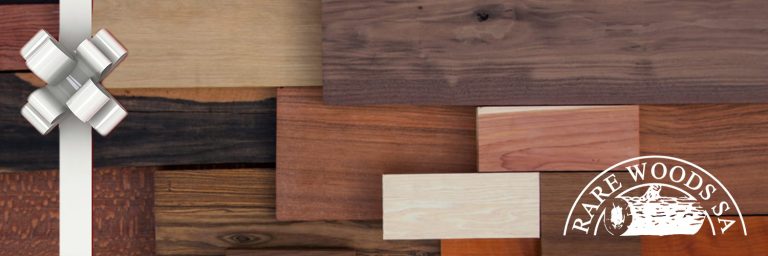Lignum Vitae – Argentine
Crack.
$48.38 $38.70
Out of stock
SKU
LIGVITA1009
Categories Lignum Vitae - Argentine, Pre-cut Sizes, Species, Turning Wood, Unique Squares
Additional information
| Weight | 4.2 lbs |
|---|---|
| Dimensions | 10.25 × 3 × 2.88 in |
| Grade | B |
| Grain | Flatsawn |
| Piece Type | Rough Sawn Board |
| S2S | Yes |
| Figure | Flatsawn |




